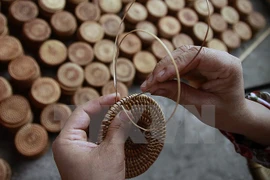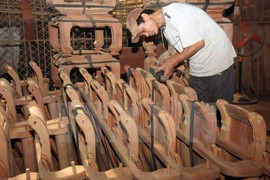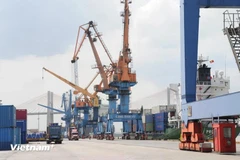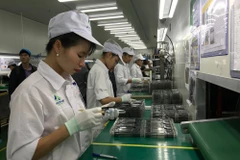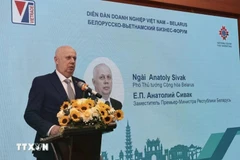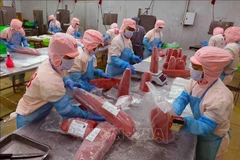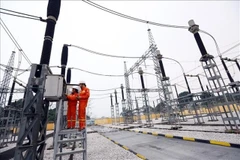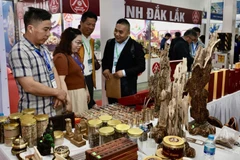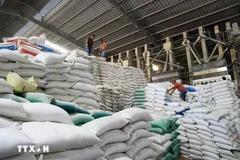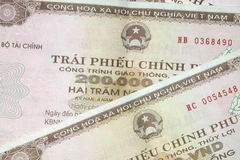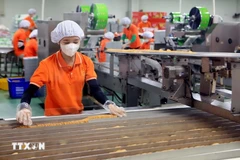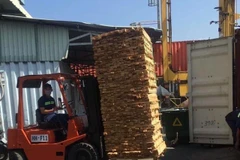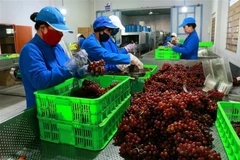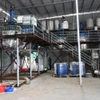They said Vietnamese handicraft products havebeen exported to such choosy markets as the EU, the US, the Republic of Korea,and Japan, with a total export turnover of nearly 1.5 billion USD per year.
Director of Hanoi Hung Anh Co., Ltd Trinh TuyetNga said European customers still favor handicrafts made in Vietnam due to theirhigh quality and sophistication.
Most of Vietnamese handicraft exporters aresmall-and medium-sized enterprises; hence their trade competence is not high,and they lack of experience to make use of international trade opportunities.
The application of traditional methods also makesit difficult for businesses to produce and export handicrafts at the same time.
Ta Minh Hung, a trade promotion expert from theVietnam Chamber of Commerce and Industry, held that it is necessary to improvethe production value chain from manufacturing to selling the products as wellas embrace links between production and trade to optimize production andconsumption capacity.
For example, in the stage of production, hesuggested boosting the application of technologies to increase output andquality, thus meeting the demand of big orders.
Regarding the commercial stage, it is essentialto set up financially-strong companies to expand markets, he said.
He recommended encouraging potential domesticbusinesses to participate in international trade promotion programmes and tradefairs to popularize products, seek partners and open markets.
Vietnamese businesses are scheduled to attendthe Mega Show – an international handicraft trade fair in China’s Hong Kong inOctober and France’s Paris in November 2017.-VNA


